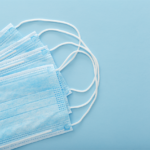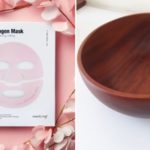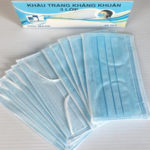Choosing the right face mask and using it correctly can help prevent viral infections, especially the coronavirus, which causes acute pneumonia and spreads rapidly from person to person. Many people mistakenly believe that medical masks and paper masks are the same, but in fact, these two types of masks have distinct differences.
1. Structural Features
Medical masks typically have three layers, each with a specific function: the outermost layer is usually green and is water-resistant, preventing liquid droplets from spreading when the wearer coughs or sneezes; the middle layer acts as a filter, trapping tiny dust particles and bacteria; the innermost layer is designed to be smooth and absorbent, wicking away sweat and providing comfort for the user.
Paper masks, on the other hand, usually have only two layers, one of which is a filter, and the other is a water-resistant layer. Additionally, there are now paper masks with three layers, including an antibacterial layer, which are recommended by experts.

2. Dust and Bacteria Filtration
Due to their multi-layered design, medical masks are highly effective at filtering out dust and bacteria, even those of minuscule size. This feature significantly reduces the risk of contracting infectious diseases.
Paper masks, while offering some protection, are less effective at filtering dust and bacteria compared to medical masks.

3. Price
Medical masks are affordable, typically costing between 35,000 and 55,000 VND for a box of 48 masks. Paper masks are even cheaper, with a box of 50 masks priced at around 25,000 VND.
We hope that through this article, you can now differentiate between medical and paper masks and make an informed choice to protect your health and that of your family, especially during this challenging time of epidemics. Additionally, you can refer to … for more health protection tips.
For more interesting articles, visit our Blog section.
Rejuvenate Your Skin with an Optimized Hydrating Moisturizer
Are you looking to keep your skin looking healthy and radiant year round? Then try out these simple yet effective tips to make the most out of your moisturizer and get the most from your current skin care regimen. Follow these steps and you will not only be getting the best results from your skin care products but also the best value for your money.
Strategies for Shopping for Affordable and Safe Food During the Covid-19 Pandemic
Grocery shopping and food storage can be challenging during the coronavirus pandemic. To help protect yourself, Dien May XANH has put together a list of tips for shoppers and food storage. Read on to discover how to be safe when shopping and storing food.






































